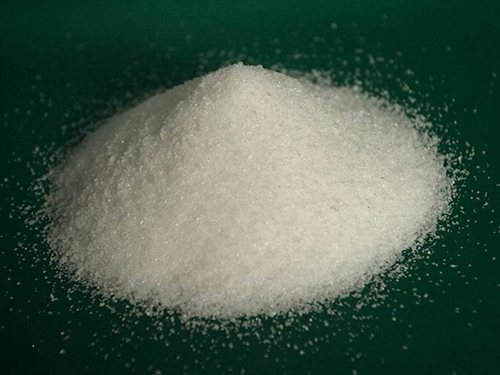flocculant chemicals for water treatment
Flocculant Chemicals for Water Treatment Overview and Importance
Water is an essential resource for life, industry, and agriculture. However, the growing need for clean and safe water has led to increased attention on effective water treatment methods. Among these methods, flocculation stands out as a key process involving the use of flocculant chemicals. This article explores the significance, types, and applications of flocculant chemicals in water treatment.
What is Flocculation?
Flocculation is a water treatment process that promotes the clumping together of fine particles into a floc, or larger aggregates, which can be easily removed from water. This process is crucial in various applications, including drinking water purification, wastewater treatment, and industrial processes. The primary goal of flocculation is to enhance the removal of suspended solids, colloids, and other contaminants, improving water clarity and quality.
How Do Flocculant Chemicals Work?
Flocculant chemicals are substances that facilitate the aggregation of particles. They function by destabilizing the colloidal suspensions so that fine particles can come together and form larger aggregates. This process typically involves the following steps
1. Coagulation Chemicals, known as coagulants (such as aluminum sulfate or ferric chloride), are added to the water. These coagulants neutralize the electrical charges on suspended particles, allowing them to bind together.
2. Flocculation After coagulation, flocculant chemicals (such as polyacrylamides and natural polymers) are added to promote the growth of floc. They create a three-dimensional network that traps particles, leading to the formation of larger flocs.
3. Sedimentation The larger flocs are heavier and can settle down under the influence of gravity. This sedimentation process removes a significant volume of impurities from the water.
4. Filtration Finally, the water is passed through filters to capture any remaining solids, resulting in clearer, cleaner water.
Types of Flocculant Chemicals
flocculant chemicals for water treatment

Flocculant chemicals can be broadly classified into two categories
1. Synthetic Flocculants These are man-made polymers, such as polyacrylamides, which are commonly used due to their effectiveness and various properties. They can be tailored for specific applications, offering high efficiency in aggregating a wide range of particles.
2. Natural Flocculants Derived from natural sources, these include materials like chitosan, guar gum, and starch. They are environmentally friendly and biodegradable, making them increasingly popular in sustainable water treatment practices.
Applications in Water Treatment
Flocculant chemicals are widely used across various sectors, including
- Drinking Water Treatment They are vital in municipal water treatment plants to ensure that water meets safety standards for human consumption.
- Wastewater Treatment In industrial applications, flocculants help clarify wastewater before discharge into the environment, significantly reducing the risk of pollution.
- Mining and Mineral Processing Flocculants are instrumental in separating valuable minerals from waste materials, enhancing sustainability in mining operations.
- Food and Beverage Industries These chemicals help clarify juices, wines, and other beverages by removing suspended solids and impurities.
Conclusion
Flocculant chemicals play a critical role in the water treatment process, helping to ensure access to clean and safe water for diverse applications. With growing environmental concerns and a push for sustainable practices, both synthetic and natural flocculants are likely to see increased use in the coming years. As technology advances and new formulations are developed, the effectiveness and efficiency of water treatment processes will continue to improve, ultimately benefiting society as a whole.
-
lk-319-special-scale-and-corrosion-inhibitor-for-steel-plants-advanced-solutions-for-industrial-water-systemsNewsAug.22,2025
-
flocculant-water-treatment-essential-chemical-solutions-for-purification-processesNewsAug.22,2025
-
isothiazolinones-versatile-microbial-control-agents-for-industrial-and-consumer-applicationsNewsAug.22,2025
-
scale-inhibitor-key-solutions-for-water-system-scale-preventionNewsAug.22,2025
-
organophosphonates-versatile-scale-inhibitors-for-industrial-water-systemsNewsAug.22,2025
-
scale-and-corrosion-inhibitor-essential-chemical-solutions-for-water-system-maintenanceNewsAug.22,2025





